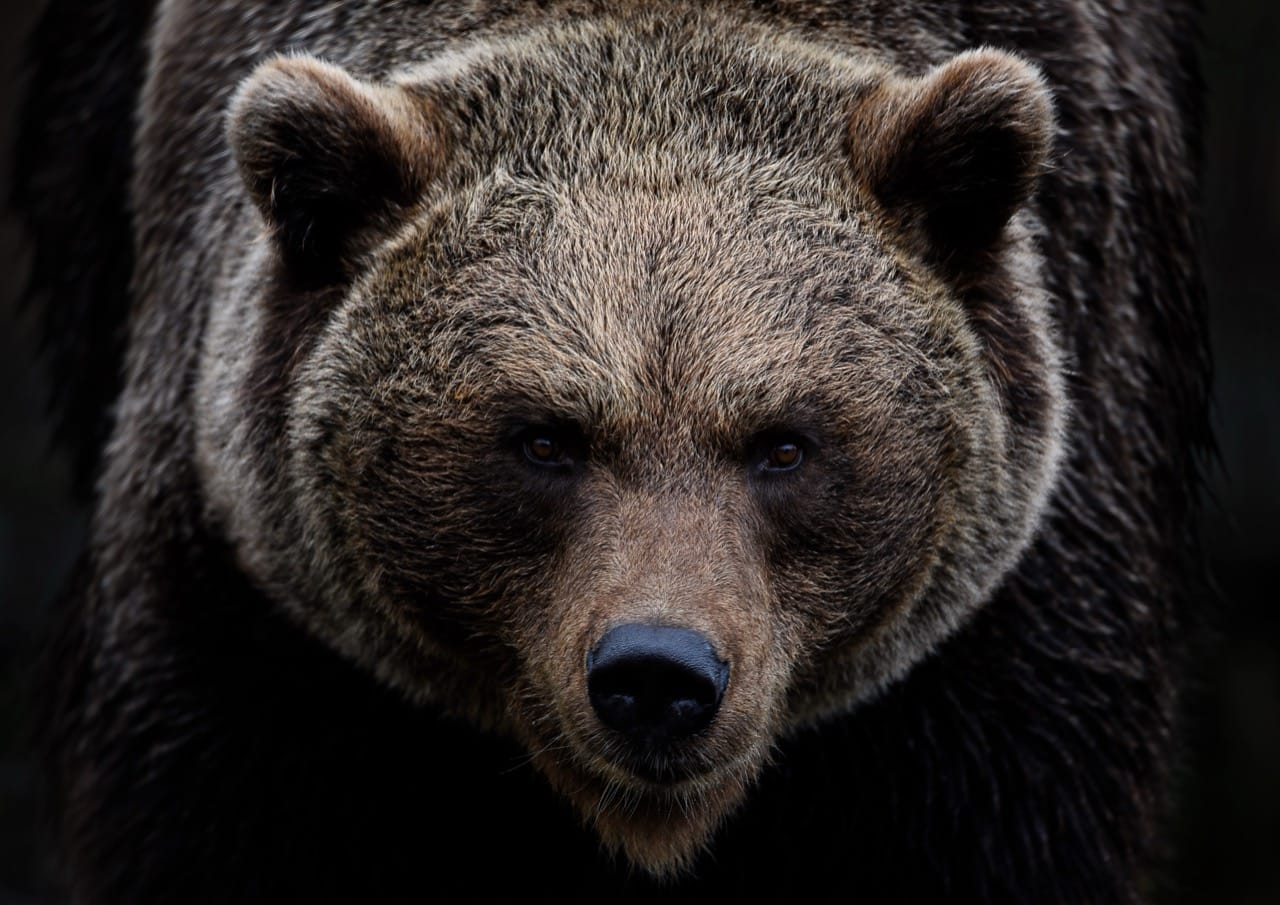Imagine standing in the vast wilderness, and you catch a glimpse of a majestic creature with a glistening coat and deep, intelligent eyes observing you quietly from afar. This isn’t just any animal; it’s the awe-inspiring brown bear, a symbol of strength and survival in the animal kingdom. Known for their impressive size and solitary nature, brown bears occupy a special place in both ecology and culture.
Characteristics / Physical Description
The brown bear (Ursus arctos) is one of the largest living terrestrial members of the order Carnivora. Rivaled only by its close relative, the polar bear, which is somewhat larger on average, adult brown bears typically weigh between 300 and 780 kilograms (660 to 1,720 lb). Their fur ranges from a light creamy shade to almost black, although most bears appear brown. Brown bears can be recognized by their most distinctive feature: a large hump of muscle over their shoulders which provides strength for digging. Their heads are large and round with a concave facial profile, a characteristic that differentiates them from other bear species.
Taxonomy and Classification
The brown bear is classified under the kingdom Animalia, phylum Chordata, class Mammalia, order Carnivora, family Ursidae, and genus Ursus with the specific epithet arctos. It is not just a single homogenous species; several subspecies are recognized, varying greatly in size and habitat preferences, including the grizzly bear in North America and the Eurasian brown bear.
Behavior and Social Structure
Primarily solitary animals, brown bears carve out large territories for themselves, which can overlap with those of other bears without much conflict. They are not territorial and interact through vocalizations, body language, and scent markings. These bears are generally diurnal, but in areas heavily populated by humans, they may shift to more nocturnal behavior to avoid contact.
Habitat and Distribution
Brown bears are found across much of northern Eurasia and North America. They inhabit a wide range of habitats, from the fringes of deserts to high mountain forests and ice fields. Their adaptability to different environments is remarkable, allowing them to survive and thrive in a variety of climates and terrains.
Diet and Feeding Habits
Omnivorous in nature, their diet includes a wide range of organisms, from fruit and nuts to fish, mammals, and carrion. Brown bears have a significant impact on the ecosystems in which they live through their predation and scavenging. They are capable of bringing down large prey, such as deer and elk, but more commonly, they are foragers that eat whatever is most readily available.
Breeding and Reproduction
Brown bears reach sexual maturity at approximately 3.5 to 7 years old, with females generally maturing faster than males. Mating season is from May to July, with a gestation period that includes delayed implantation. Cubs are usually born in the mother’s winter den and stay with her for up to two and a half years, learning vital survival skills.
Relationship with Humans
Historically, brown bears have been hunted by humans for their fur and meat. Today, they face threats from habitat destruction and the encroachment of human development. In some areas, they are considered a conservation success, thanks to legal protection, habitat restoration, and public education.
Evolutionary History
Brown bears are believed to have evolved from Ursavus during the Pleistocene era, about 800,000 years ago. Their wide distribution today is a testament to their adaptability and the diverse ecological niches they have occupied over time.
Use as Research Animals
While not typically used as traditional research animals, brown bears are often subjects in ecological and conservation studies. They play a significant role in understanding biodiversity and the health of ecosystems.

